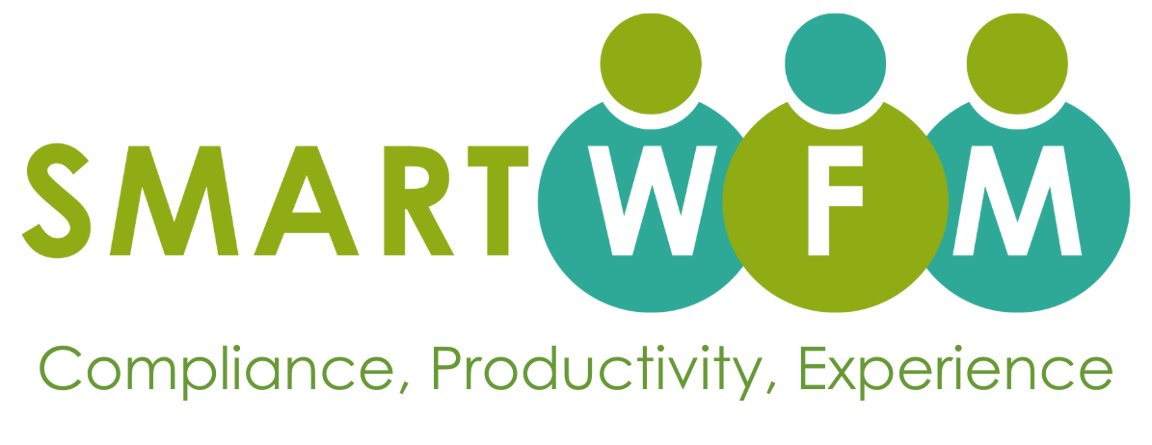
Over the years achieving value from Workforce Management has been shrouded in mystery, with successful projects a little akin to mastering the dark arts. Thankfully however times have changed, nowadays it’s easier, quicker and more cost effective to deliver value back to the business, in fact you could say there has never been a better time to focus on WFM in your business.
In this article, I’ll outline my Top 10 Tips to help unravel the WFM mystery and achieve greater value from your workforce in this digital age.
Firstly, a recent report published by Ventana Research: Workforce Management Value Index, 2017 Vendor and Product Assessment which makes for very interesting reading. The findings explain that vast majority of organisations invest in WFM to achieve productivity improvements. While this was no surprise, the next statistic was…
Only 7% of organisations are confident that they manage their workforce effectively.
I had to stop and re-read this stat, because I was staggered the figure was so low. After some reflection, I realised that the key insight from this finding is that very few organisations have put measures in place which deliver value back to the business, while positively impacting the experience of the workforce. But why? Evidence suggests that the game has changed due to digital technology.
Considering current thinking, practices and digital technology here are my Top 10 Tips to achieve greater value from WFM in a digital age:
WFM Goals need to be aligned to business goals. An organisations executive should be looking to achieve business success in a number of ways; increase addressable market, increase revenue, retain staff, decrease cost. WFM can help deliver on these business objectives and prioritisation of these should serve to help frame your WFM strategy.
Business Engagement is Key. From executive management across, HR, operations, payroll, IT & finance all must be aligned to the business objectives. Programs of work across these business areas must align resources and outcomes to avoid contention and misunderstanding. Special attention must be placed on HR and WFM functions to work together as both are tightly coupled to business operations.
Benefits and Measures must be understood. Benefits must be defined in an easy to understand way. For example: If the business goal is to decrease labour cost and increase productivity.
- How will this be achieved? By providing tools to better align staffing to customer demand and making more time available for the manager to work on value add tasks.
- How will this be measured? By measuring labour cost pre and post implementation aiming for a x% reduction and the manager spending an additional x minutes per day with customers.
These benefits and measures must be tightly aligned to requirements.
Understand the change, culture and mindset shift required to transform your organisation. From my experience this is the biggest hurdle to overcome to achieve desired outcomes. Senior management are the key to achieving this and the greater the change, the more of their involvement is required. As we move to a digital way of working the underlying organisational DNA may need to change. Roles may change with operations completing daily scheduling, taking responsibility for cost management, increasing staff interaction, goal setting in line with organisational goals, role changes due to automation of process and so on.
Don’t bite off more than you can chew. Focus on WFM outcomes which align with your overall organisational maturity, size of organisation and different ways of work, remembering that WFM is a journey, not a destination.
It starts with automation of time and the shift based scheduling process. As you mature you can further automate your scheduling process with machine suggested staffing to shift: skills, least cost, POS data and so on. Some organisations are ready for this on day one others are not. Be pragmatic and realistic.
Consider the end user. Significant focus is being placed on this area to improve the overall employee experience. An analogy… If an electrician turned up at your home to install a light switch and they put it on the ceiling what would you do? After your initial shock and disillusion, you would have it placed on the wall in a usable place and likely never use that electricians services again. Technology should be no different. Design thinking and user journeys are a great way to achieve practical outcomes with technology. Consider what you are designing from an end user perspective put use cases together around this to ensure the solution is usable.
Align the technology. You need to have IT alignment from the outset the ensure that your technology layer is aligned with IT standards (service management, security, availability, support, integration, architecture and so on).
I am seeing continual advances in integration with many products having an open API and out of the box connections with complementary technologies which I think will play a major role in adoption and experience. The API also makes these platforms extensible. WFM “Platform as a Service”.
Get runs on the board quickly. Over more recent time implementation philosophy has moved from
- Waterfall (fixed scope, estimated time, variable resources), to
- Agile (variable scope, fixed time, fixed resources)
The Agile concept lends itself well to delivering outcomes where you can continually prioritise and check-in against your business objective, engagement, benefits, adoption and employee experience. I believe this implementation philosophy will become the norm to deliver WFM projects.
Make sure you have the right team in place to ensure success. In order to achieve greater value in WFM the right team is crucial. This stands true for your team, your product supplier and service providers. Make sure you choose your team in line with what you want to achieve and how you want to achieve it (are they quick to adapt, good team players, comfortable with ambiguity etc) A strong governance layer is required from the outset and all parties need to have a seat at the table to collaborate and achieve agreed outcomes.
Measure & Innovate. In the days of on-premise once the implementation was over the team generally disbanded and that was the end. Rarely were benefits measured and new functionality was hard to adopt due to mandatory version requirements. In the cloud world we are in a state of continual new releases and enhanced functionalities. Make sure these functions remain aligned and measured against your business objectives. This can facilitate a mindset of continuous improvement and productivity increases in your business.
No doubt there will be further advancements in technology and business thinking and as this occurs we must adapt our approaches to keep pace. The path to achieving greater value from WFM using digital technology continues to gain clarity.
My primary purpose in writing these articles is to help spread the word of WFM, its value and most importantly, to provide my readers with relevant insights, so that together we can help shape WFM’s direction. I’m passionate about the future of WFM and encourage you to join the conversation also. If you enjoyed this article, please take the time to like, share or best of all comment below
See more blogs from Smart WFM


 Jarrod McGrath
Jarrod McGrath